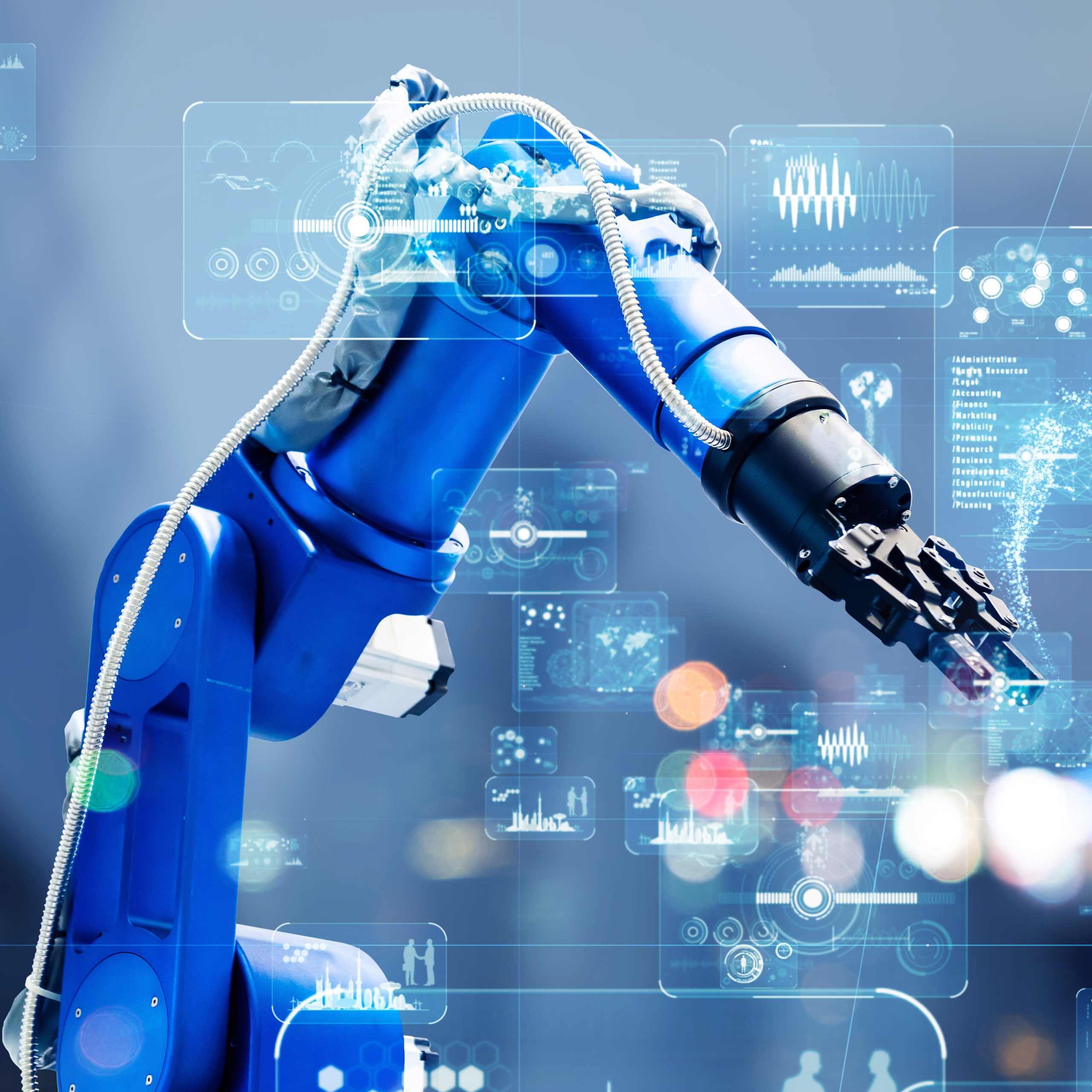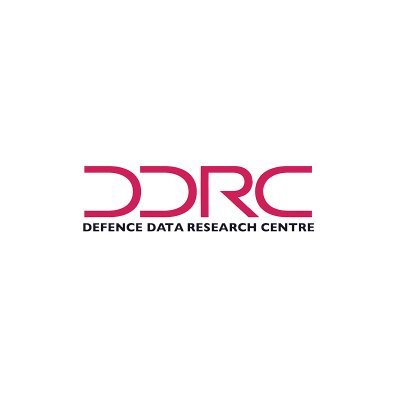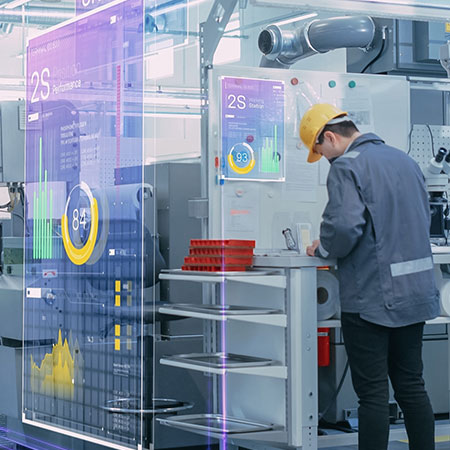
EPSRC Reference:
EP/P02579X/1
Title:
Next Generation Paper
Principal Investigator:
Frohlich, Professor D
Other Investigators:
Scarles, Professor C
Brown, Professor A W
Revill, Dr G
Sporea, Dr RA
Bober, Professor M
Project Partners:
Bradt Travel Guides
Hewlett Packard
Ifolor Oy
Librios
Novacentrix
Otava Publishing Company
Private Address
The Emirates Group (UK)
Department:
Digital World Research Centre
Organisation:
University of Surrey
Scheme:
Standard Research
Start:
01 November 2017
End:
September 2020
Value (£):
953,078
EPSRC Research Topic Classifications:
Computer Graphics & Visual.
Displays
Human-Computer Interactions
Recreation/Tourism Geography
EPSRC Industrial Sector Classifications:
Information Technologies
Panel Date:
28 Feb 2017
Panel Name:
DECCC Full Proposals Meeting
Outcome:
Announced
The technology of paper is so old and so ubiquitous that we have stopped thinking of it as a technology. Nevertheless, paper and ink has continued to evolve from the earliest experiments to record handwriting on parchment in China 2000 years ago, to the medieval printing press in Germany, and modern advances in the printing of true colour digital images. Until recently, these developments have treated paper as a passive reading surface for the presentation of visual information. However, the advent of printed electronics and augmented reality have brought a new interactive possibility to paper: that it could communicate with things around it. In particular, it can be made to trigger the presentation of overlaid or adjunct information in both visual and auditory form on nearby digital devices. This is a potentially revolutionary development of paper for the digital content economy, because it begins to tie together as never before, traditionally separate media forms of printed books and magazines with music, film and information on the world wide web. Paper can become both a carrier of information and an interface to further information beyond itself.
In this project, we aim to develop these properties into a generic mass media ‘next generation’ paper. We will harness developments in both image recognition and printed electronics to explore two technical trajectories for the support of interactive paper over the short and long term, within a common interaction framework. This framework will be tied into new and emerging MPEG standards for media linking, to allow media producers to author hybrid print-and-digital interactive documents in a common international format. The framework itself will be generated by a multidisciplinary team of scientists and engineers working in a promising domain of application, and embodied in an authoring toolkit for creating interactive e-books with printed components. Computer scientists and electronic engineers will collaborate with media and interaction designers, social scientists and business researchers to design, explore and test the paradigm of interactive printed books for travel and tourism.
The travel domain is both promising and challenging, because it still makes use of both printed and online information in professional content to guide tourist choices, and in the capture of tourist reviews and experiences in social and personal media. For this reason we will work with travel companies and the publishing industry to generate a series of professional travel books which have interactive properties for playing back additional content on a variety of devices. We will also work with tourists themselves to evaluate the usability and usefulness of these interactive travel books, and to create multimedia photobooks or travelogues of their own travel experiences, with content separated across paper, screen and speakers. These investigations will be informed by a prior ethnographic study of the use of paper and screen-based information across the tourist journey, to identify the problems and opportunities for combining them in new ways. They will also be underpinned by core technology development to realise a practical and robust way of triggering media playback from page turning and pointing actions over the surface of a printed book, sensed either by an overhead camera or by light sensitive patches wired to a wireless chip in the spine of the books. Finally, the commercial potential of the technology will be examined and defined in a dedicated business investigation in the second half of the project. This will involve consideration of the immediate and short term potential of image recognition for interactive paper, as well as the longer term potential of printed electronics where a camera is not required.
Key Findings:
This information can now be found on Gateway to Research (GtR)
Potential use in non-academic contexts:
This information can now be found on Gateway to Research (GtR)
Impacts:
Description This information can now be found on Gateway to Research (GtR)
Sectors submitted by the Researcher:
This information can now be found on Gateway to Research (GtR)
Organisation Website:
http://www.surrey.ac.uk








